Discover how Rome’s earliest livestock market shaped commerce, religion and urban life in the Republic
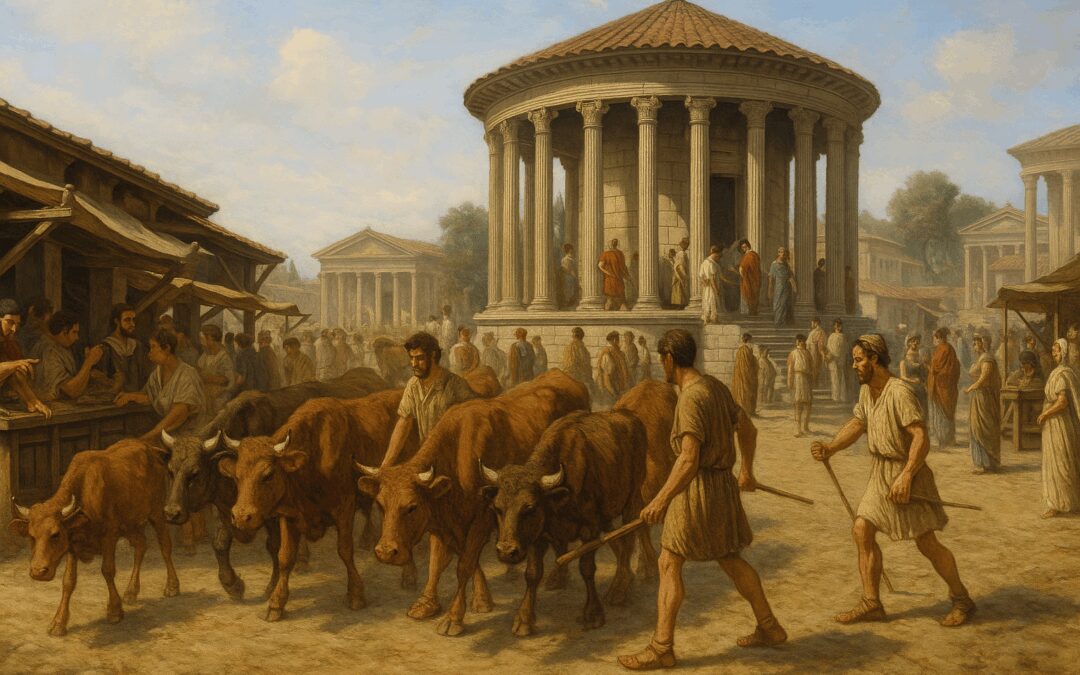

Discover how Rome’s earliest livestock market shaped commerce, religion and urban life in the Republic
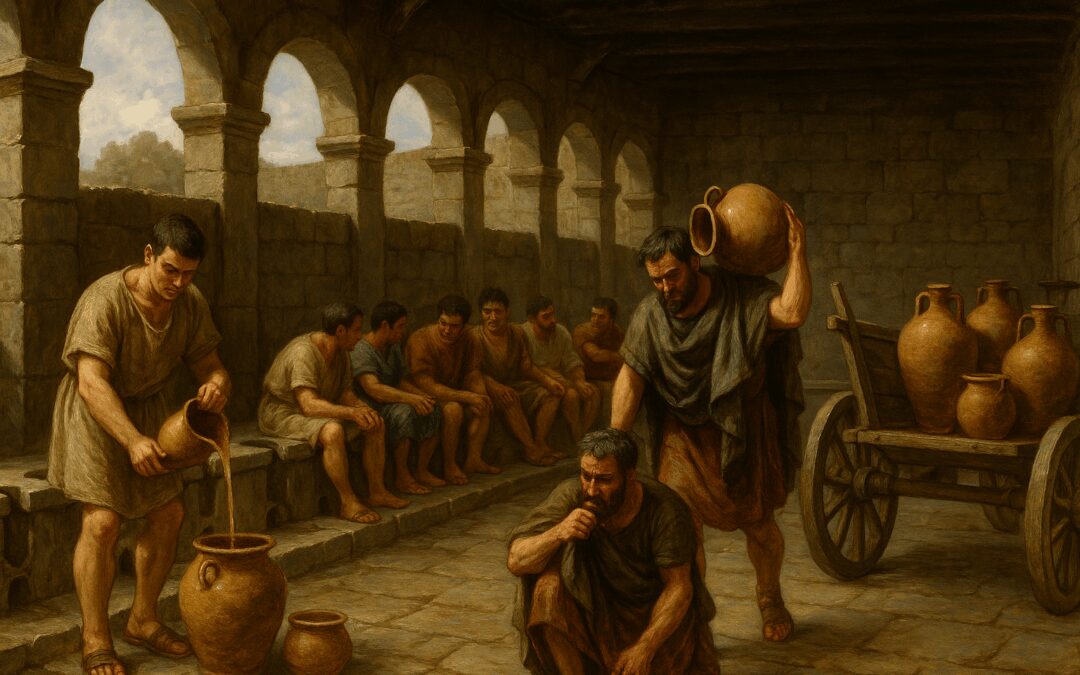
How Vespasian’s 70 CE urine tax on public latrines filled imperial coffers and spurred debates on purity and profit
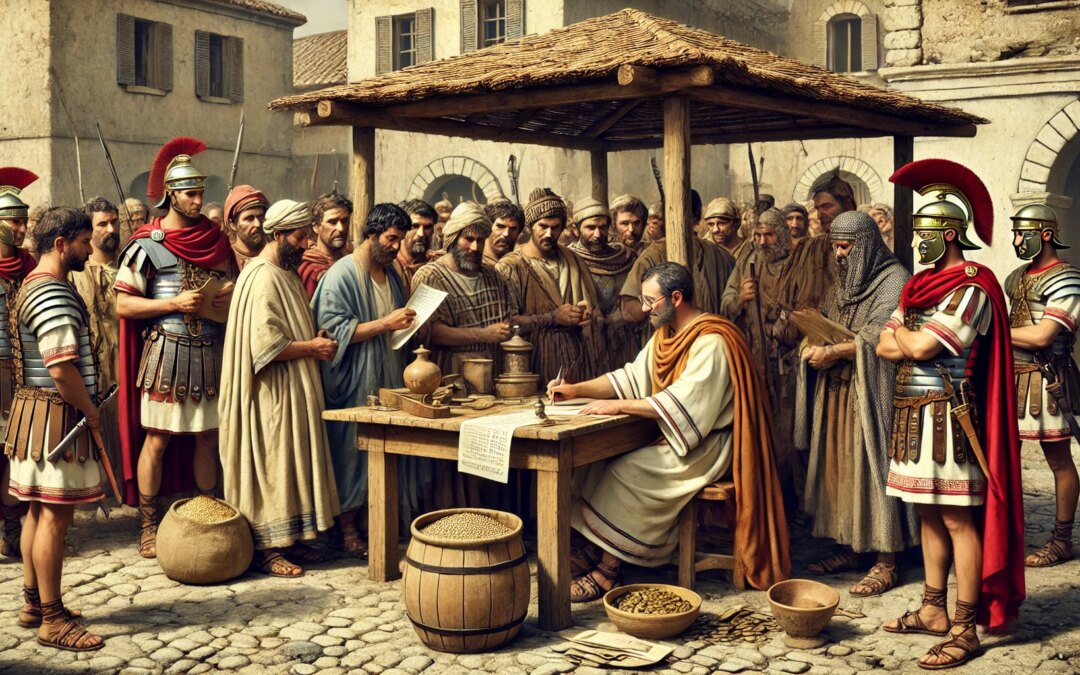
Dive into the world of Roman taxation during the Republic’s expansion in 150 BC and how it funded the rise of a Mediterranean empire.
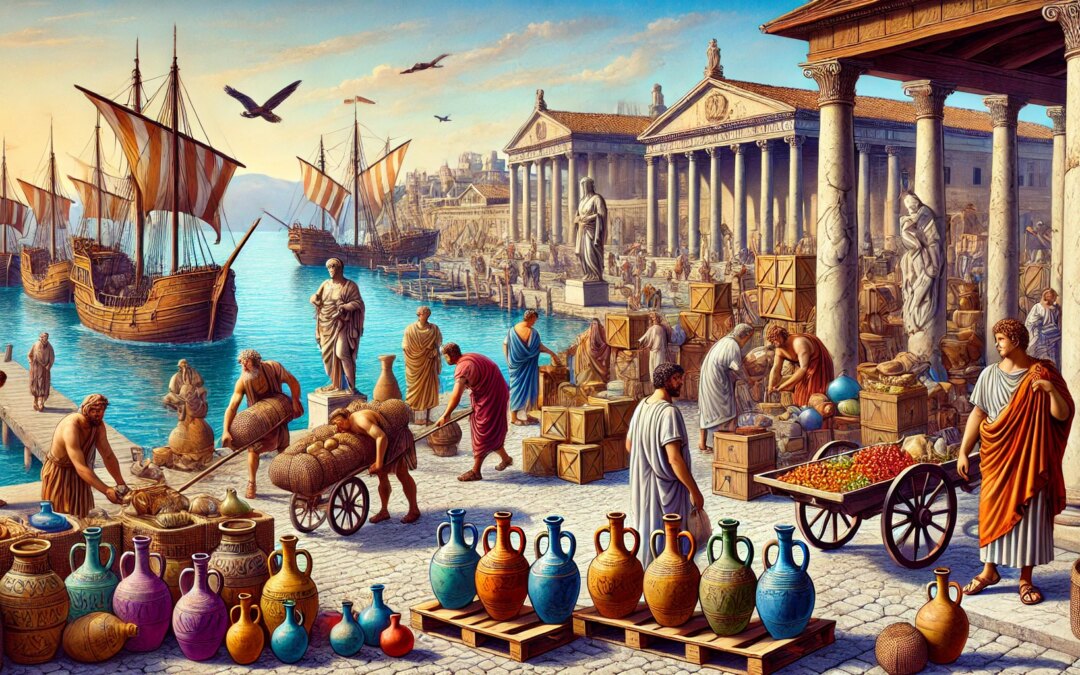
Uncover the story of Ostia, Rome’s ancient harbor, and its crucial role in feeding and fueling the empire.
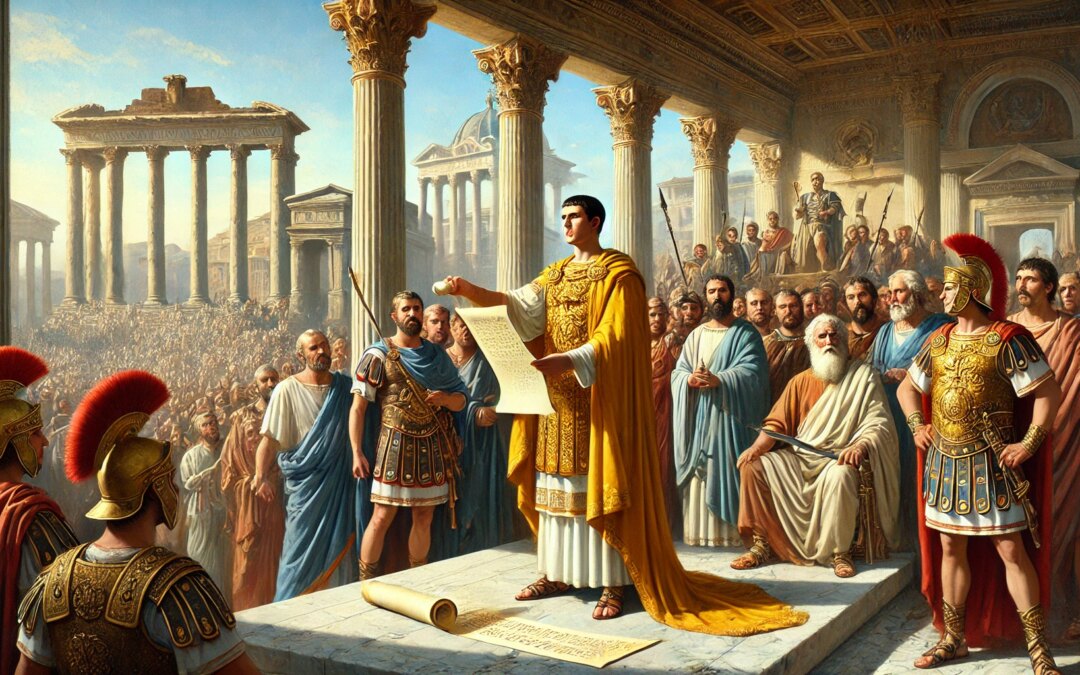
In 301 AD, Emperor Diocletian issued the Edict on Maximum Prices to combat inflation and restore order to the Roman economy—an ambitious but ultimately doomed experiment in economic regulation.
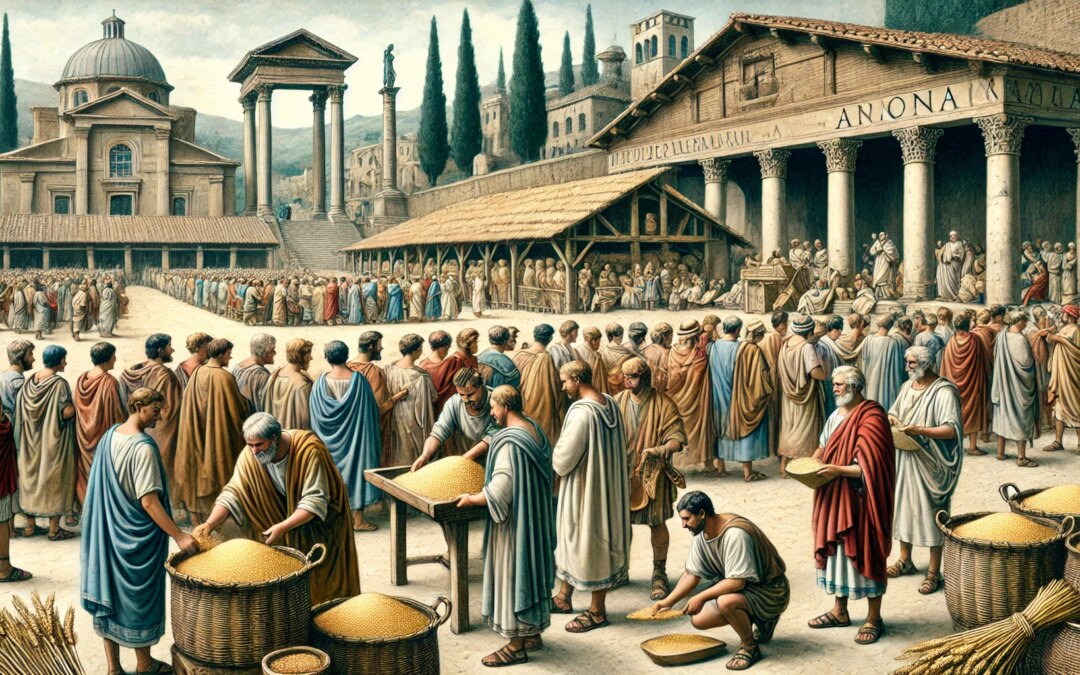
Explore how the Roman grain dole (annona) sustained the capital’s population and shaped politics, economy, and social stability in the 1st century AD.
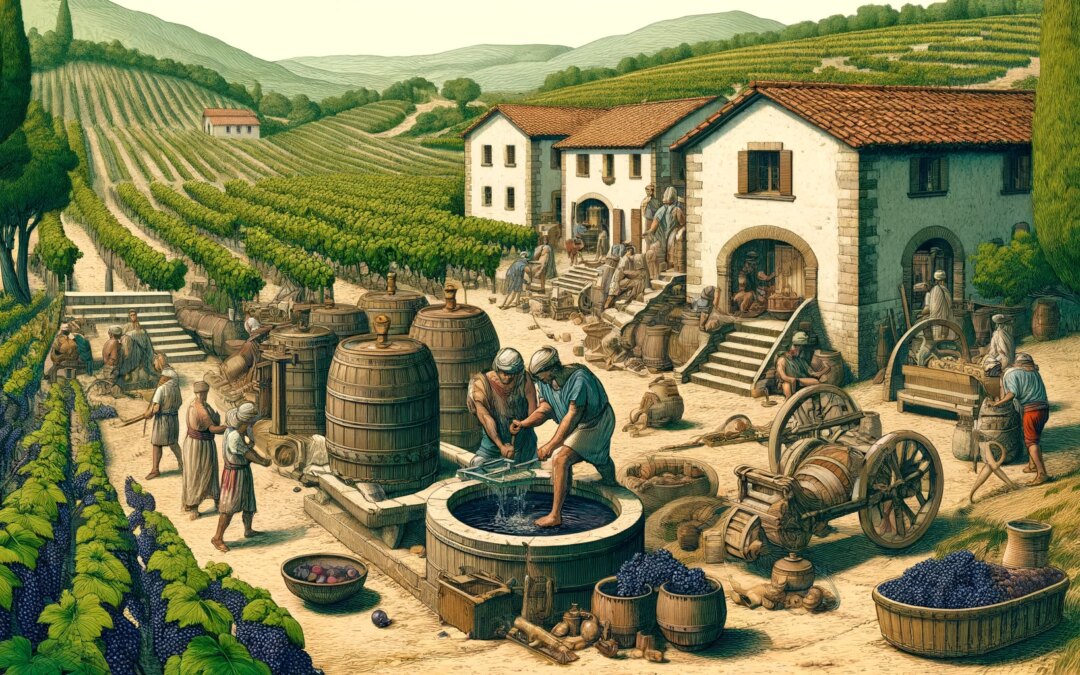
Explore how Romans grew, harvested, and crafted wine in the 1st century AD—turning viticulture into an industry and symbol of civilization.
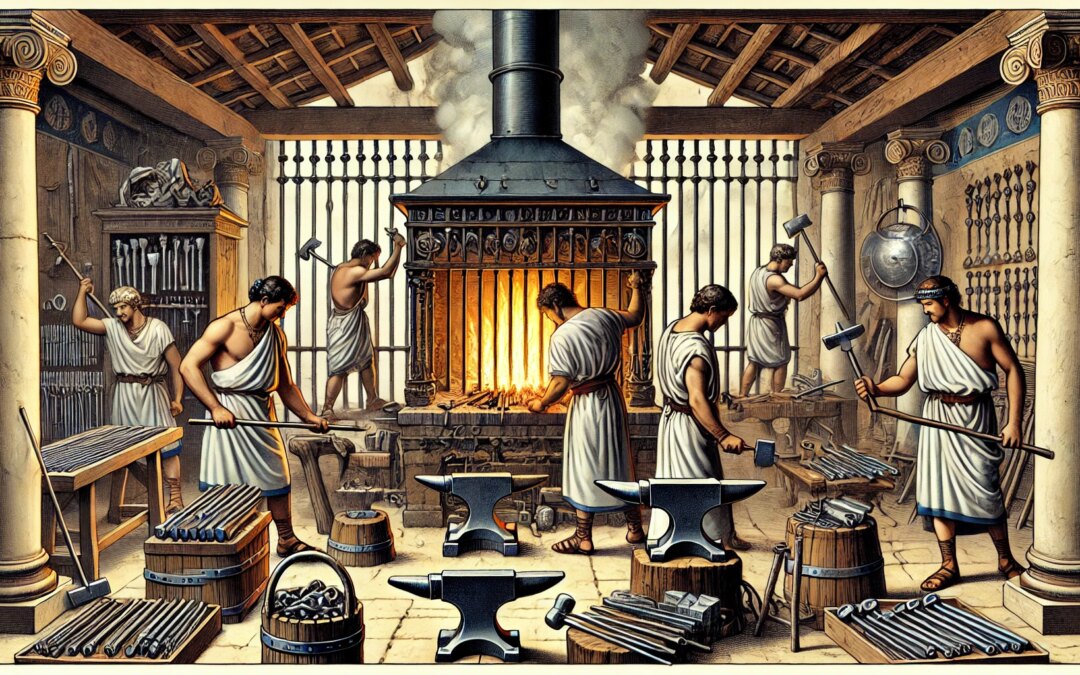
Step into a Roman blacksmith workshop of the 1st century AD, where skilled metalworkers forged tools, weapons, and the strength of an empire.
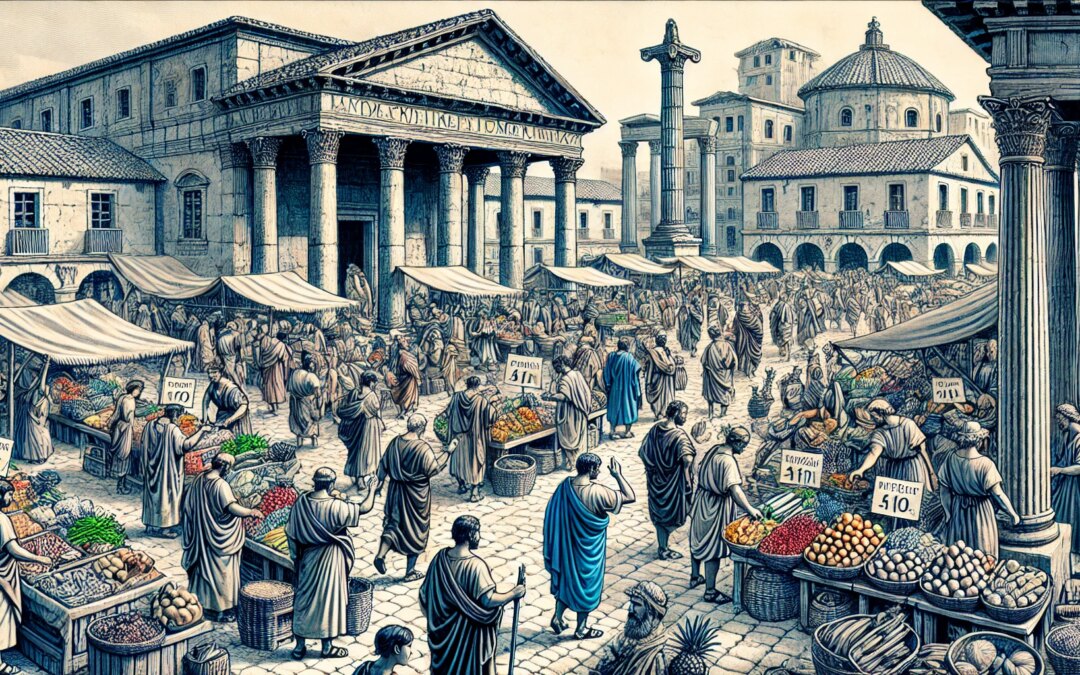
Step into the bustling Roman forum of the 1st century AD, where trade, politics, and daily life converged in the heart of the empire.
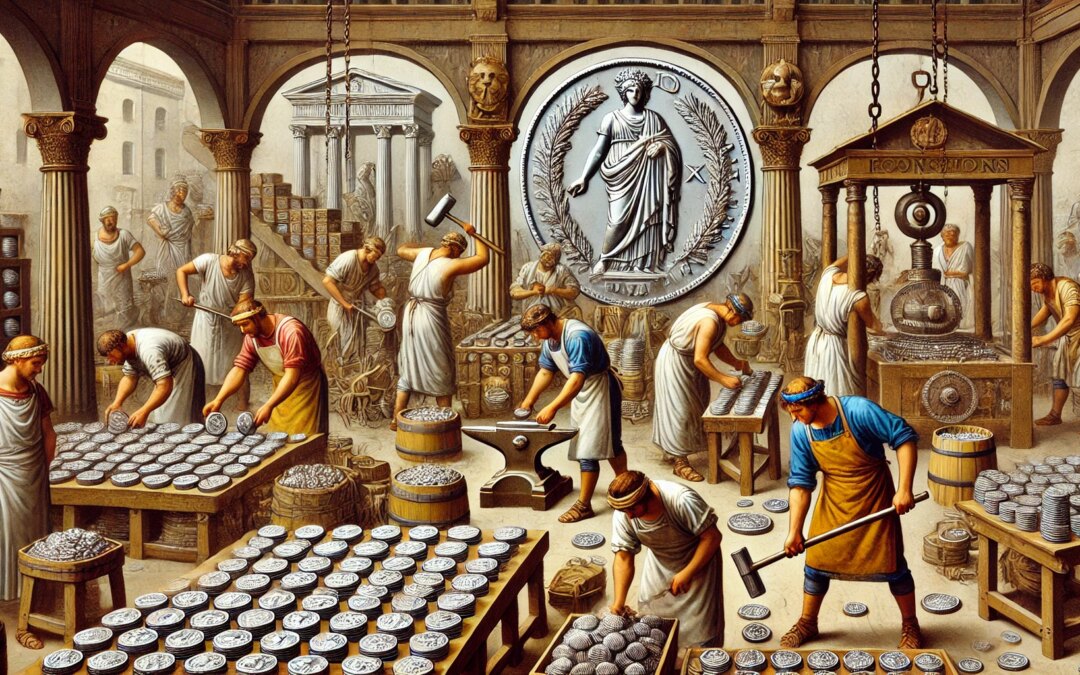
Uncover how Roman coins were minted in the 1st century AD—tools of economy, propaganda, and imperial control across the empire.